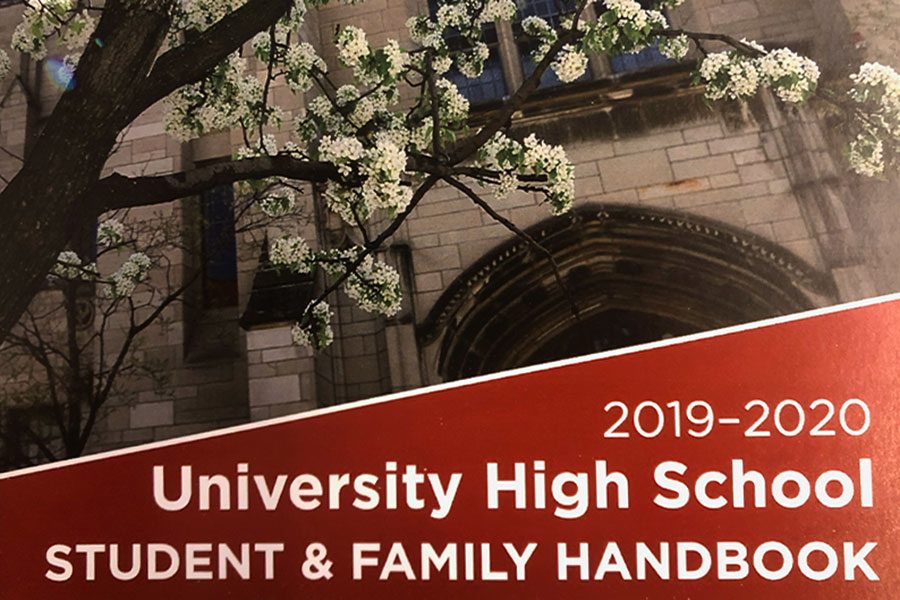Handbook to focus on clarity, communication
October 11, 2019
Increased clarity and communication were the motives behind the changes made to the handbook for the 2019-20 school year. The main goal was to make guidelines understandable for students and their families to avoid confusion.
“We really want students and families to be able to get the answer they are seeking out of the handbook,” Dean of Students Ana Campos said. “Making it as user-friendly as possible drove a lot of the decisions we made.”

Ms. Campos said the handbook should be like a roadmap to the school’s guidelines. This year, the administration decided to eliminate the appendix and minimize large blocks of text by replacing them with straight-forward, bullet-pointed lists.
Additionally, for topics such as Title IX, they made sure that the handbook has only the most critical information, adding links which can take readers to further information.
Some of the content changes revolved around the language used and number of absences approved for the switch from quarters to semesters as well as a new medical leave policy. For example, after students have 11 absences in one semester, they will be dropped from that class and it will be noted on their official high school transcript. The handbook notes exceptions to these changes in the situation of extended leave or family tragedy, which will be reviewed by the administration.
A section about the Threat Assessment Team, a resource for students, was also added. This new section explains how to contact the Threat Assessment Team and that they are there to respond when students are in distress.
In the discipline section, a section was added detailing how and when the administration will contact families when disciplinary action is taking place.
“The feedback that we heard was that parents weren’t really sure when they should expect to hear from the school, so we thought it was important to clarify this confusion,” Ms. Campos said. “We also outlined examples of what qualifies as a minor policy violation versus a major violation because we started to understand that families weren’t really sure when something was a big deal and when it was not.”
Lastly, the high school, middle school and lower school all added a section on hateful expression, verbal and non-verbal, as well as religious observance in their handbooks.












